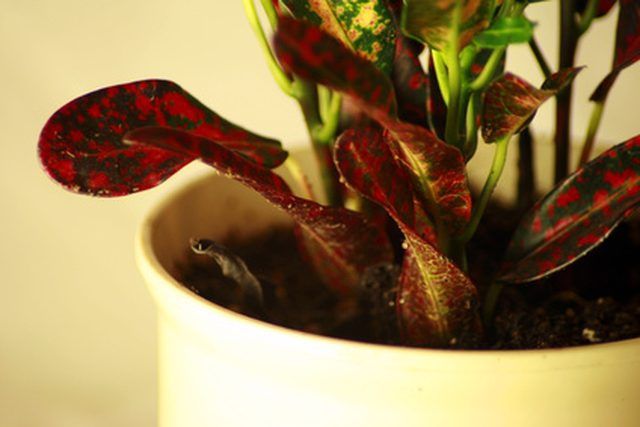Bulbs
Flower Basics
Flower Beds & Specialty Gardens
Flower Garden
Garden Furniture
Garden Gnomes
Garden Seeds
Garden Sheds
Garden Statues
Garden Tools & Supplies
Gardening Basics
Green & Organic
Groundcovers & Vines
Growing Annuals
Growing Basil
Growing Beans
Growing Berries
Growing Blueberries
Growing Cactus
Growing Corn
Growing Cotton
Growing Edibles
Growing Flowers
Growing Garlic
Growing Grapes
Growing Grass
Growing Herbs
Growing Jasmine
Growing Mint
Growing Mushrooms
Orchids
Growing Peanuts
Growing Perennials
Growing Plants
Growing Rosemary
Growing Roses
Growing Strawberries
Growing Sunflowers
Growing Thyme
Growing Tomatoes
Growing Tulips
Growing Vegetables
Herb Basics
Herb Garden
Indoor Growing
Landscaping Basics
Landscaping Patios
Landscaping Plants
Landscaping Shrubs
Landscaping Trees
Landscaping Walks & Pathways
Lawn Basics
Lawn Maintenance
Lawn Mowers
Lawn Ornaments
Lawn Planting
Lawn Tools
Outdoor Growing
Overall Landscape Planning
Pests, Weeds & Problems
Plant Basics
Rock Garden
Rose Garden
Shrubs
Soil
Specialty Gardens
Trees
Vegetable Garden
Yard Maintenance
How to Get Bugs Out of Houseplants
How to Get Bugs Out of Houseplants. Even indoor plants are not safe from flying, crawling or hopping bugs. If bugs want to get to your houseplants, they will find a way. Environmental conditions such as excessive heat and dampness can be especially tempting to bugs that want to call your houseplants their new home. Once infested, houseplants face...

Even indoor plants are not safe from flying, crawling or hopping bugs. If bugs want to get to your houseplants, they will find a way. Environmental conditions such as excessive heat and dampness can be especially tempting to bugs that want to call your houseplants their new home. Once infested, houseplants face the threat of irreparable damage from bugs that feast on their foliage. Getting bugs off your plants when you see them and taking precautions to prevent future infestations will prolong the life of your houseplants.
Things You'll Need
Sink or shower
Lukewarm water
Shower hose or sink sprayer
Handheld vacuum
Plastic bags
Gardening gloves
Sheers or blinds
Set your houseplants in your shower or sink and give them a lukewarm water rinse, using your shower hose or kitchen sink sprayer to give the foliage a vigorous rinsing that will wash off or drown the bugs.
Vacuum the bugs off your houseplants with a small, handheld vacuum that has enough force to suck up the bugs without sucking in the foliage, too. Empty the vacuum bag into a plastic bag immediately afterwards. Tie the bag and throw it away.
Slip on a pair of gardening gloves and pick the bugs off by hand if there are not too many. Place the bugs in a plastic bag, seal it and throw it away.
Set your houseplants in an area that does not get too hot, as large amounts of direct sunlight will dry out the soil quickly and invite spider mites. Hanging sheers or blinds on your windows can help filter some of the direct sunlight and keep the spider mites at bay.
Avoid keeping your soil overly moist, as soaked soil can eventually cause the roots of your plants to rot. Waterlogged soil also invites fungus gnats. To get these bugs out of your houseplants, keep your soil damp, not wet.
Tips & Warnings
Keep houseplants heavily infested with bugs outside or discard them altogether. In most cases, houseplants covered with pests will lead to the infestation of other houseplants.
Flypaper or sticky traps will help to rid your houseplants of most flying bugs.
Do not use an ordinary carpet vacuum on your plants. The suction on a regular vacuum is too strong. It can potentially suck the foliage and flowers right off your houseplants.
Never use outside garden soil for your indoor houseplants. Garden soil usually contains pests that you will end up bringing indoors. Bagged potting soil is sterile and free of critters.